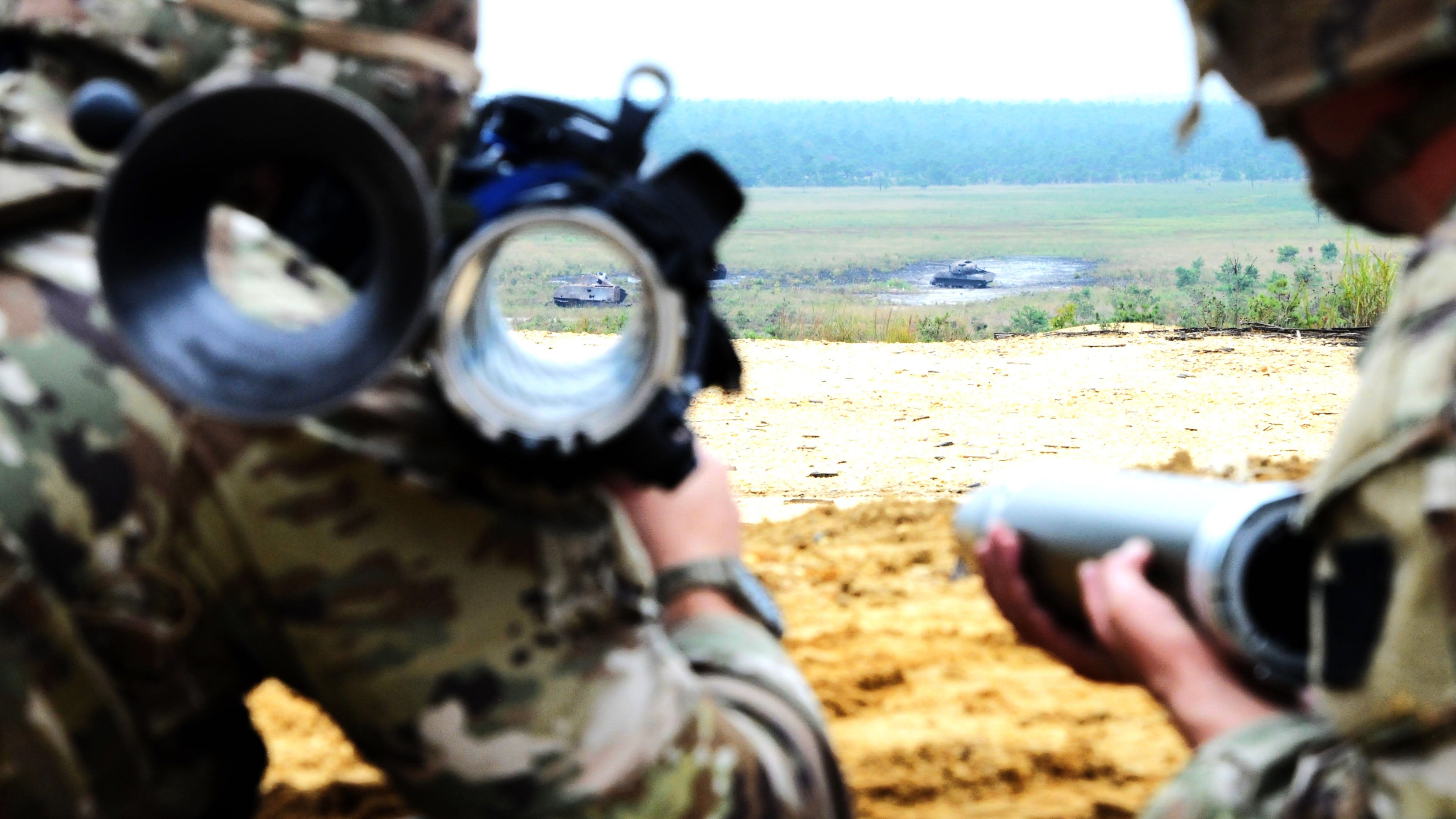Congressional Report Warns of Military Funding Gaps
Congressional Report Warns of Military Funding Gaps

In a new fiscal warning, the Congressional Budget Office forecasts that the $842 billion 2024 defense budget pending before Congress is likely to increase to $922 billion by 2028 because military expenses would rise by 10% over the next five years, at a rate faster than inflation.
The report, “Long-Term Implications of the 2024 Future Years Defense Program,” also says that the 2024 budget awaiting congressional action could be underestimating expenses by 3% or more, potentially creating funding gaps.
Personnel, operations and maintenance costs are likely to increase faster than inflation, the report says. It also anticipates the costs of acquiring new weapons systems will increase quickly in the next two fiscal years.
“To accommodate higher costs, DoD would need to scale back its plans or request larger budgets,” the Congressional Budget Office, a nonpartisan arm of Congress, cautions in the report.
Looking specifically at the Army, the report calculates an 8% increase in Army procurement spending from 2024 to 2028 “as the Army continued to modernize nearly all of its major weapons systems.”
According to the Army’s plans, annual costs for combat and support vehicles and for missiles and munitions would increase by roughly 25%. Vehicle costs would rise from $5.2 billion in 2024 to $6.4 billion in 2028 as purchases of Armored Multi-Purpose Vehicles and M10 Booker combat vehicles increased, and as upgrades to Abrams tanks accelerated.
Procurement costs for missiles and munitions would climb from $7.9 billion to $9.7 billion because of increased purchases of missile defense systems and several new long-range offensive systems. Missile and munition procurement would average 36% of total Army procurement over the Future Years Defense Program, or FYDP, period, significantly higher than its average of 25% over the previous 10 years.
The increases would be partially offset by decreases in costs for aircraft and other equipment. Costs for aircraft procurement would decline by 17% over the FYDP period as purchases of aircraft that are currently in production reach completion. Those decreases, however, would start to be offset by initial purchases of new Future Vertical Lift aircraft toward the end of the FYDP period. Funding for research, development, test and evaluation would decrease by 22% through 2028 as the development of new missile and armored vehicle systems neared completion.
The report is available here.

